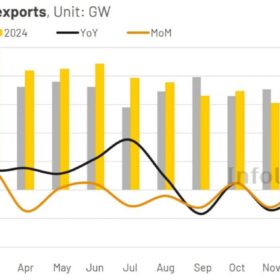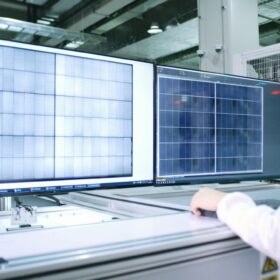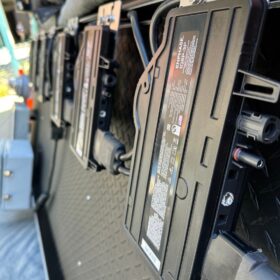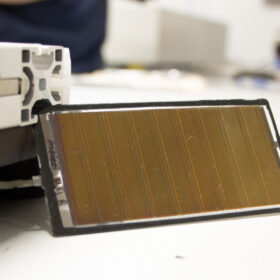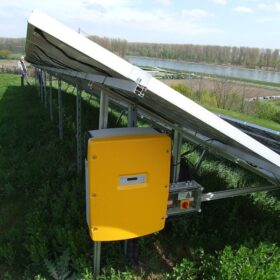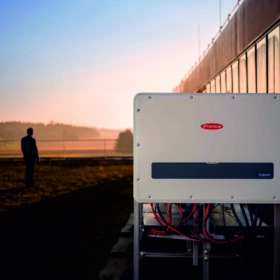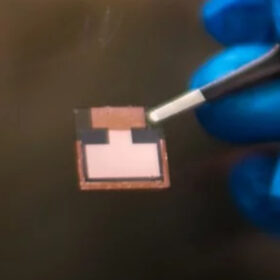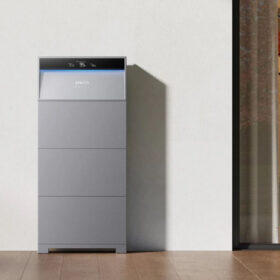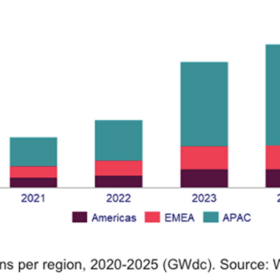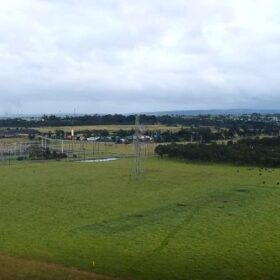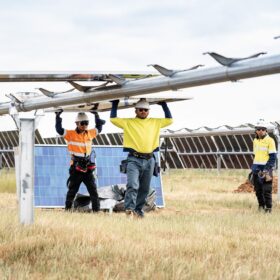China exports 235.9 GW of solar panels in 2024
China exported 235.93 GW of PV panels in 2024, a 13% increase over the previous year. Of this, 94.4 GW were shipped to Europe, down 7% from 2023.
Aiko launches new rooftop solar panel with 24.3% efficiency
Aiko has launched what it claims is the highest-efficiency residential rooftop solar panel available in Australia, a 480 W panel featuring a power conversion efficiency of 24.3%.
Enphase posts 42% revenue decline in 2024
Solar inverter maker Enphase Energy says full-year revenue fell 42% as the residential solar market slumped, but margins improved and United States manufacturing expanded significantly.
Canadian miner acquires European arm of Halocell
Canadian silica mining company Homerun Resources has acquired Halocell Europe, a subsidiary of Australian perovskite solar cell manufacturer Halocell Energy, for the commercialisation of perovskite solar.
Top 5 global inverter trends to watch in 2025
Challenges and innovations drive solar and energy storage inverter industry forward in 2025.
Fronius presents new inverters for C&I projects
The Austrian manufacturer said its new Argeno inverter features an efficiency of 99.1%, a European efficiency of 98.7%, and a rated AC power output of 125 kW.
Scientists build 23.2%-efficient lead-tin perovskite solar cell with improved lifetime
The researchers built the cell with a hole transport layer (HTL) based on PEDOT:PSS and were reportedly able to reduce the losses caused by this compound with the utilisation of a thiocyanate additive. The champion lab-sized device achieved an open circuit voltage of 0.875 V, a short circuit current density of 31.84 mA cm−2, and a fill factor of 83.23%.
Anker backs Solix energy storage system for Australian conditions
Chinese electronics manufacturer Anker has declared its Solix X1 AC-couple energy storage system perfectly suited for Australia’s diverse geography and climate conditions.
UNSW team scores world record with kesterite solar cell
Researchers at the University of New South Wales have broken the energy efficiency world record for a kesterite solar cell, a technology that is being explored as a potential long-term improvement for silicon-based PV technology.
Wood Mackenzie tips solar growth to stagnate in 2025
Wood Mackenzie’s latest report forecasts that 493 GW (DC) of solar will be added throughout the world this year, compared to 495 GW in 2024. Solar module prices are expected to rise this year as manufacturers aim to recover profit losses from the past two years.
